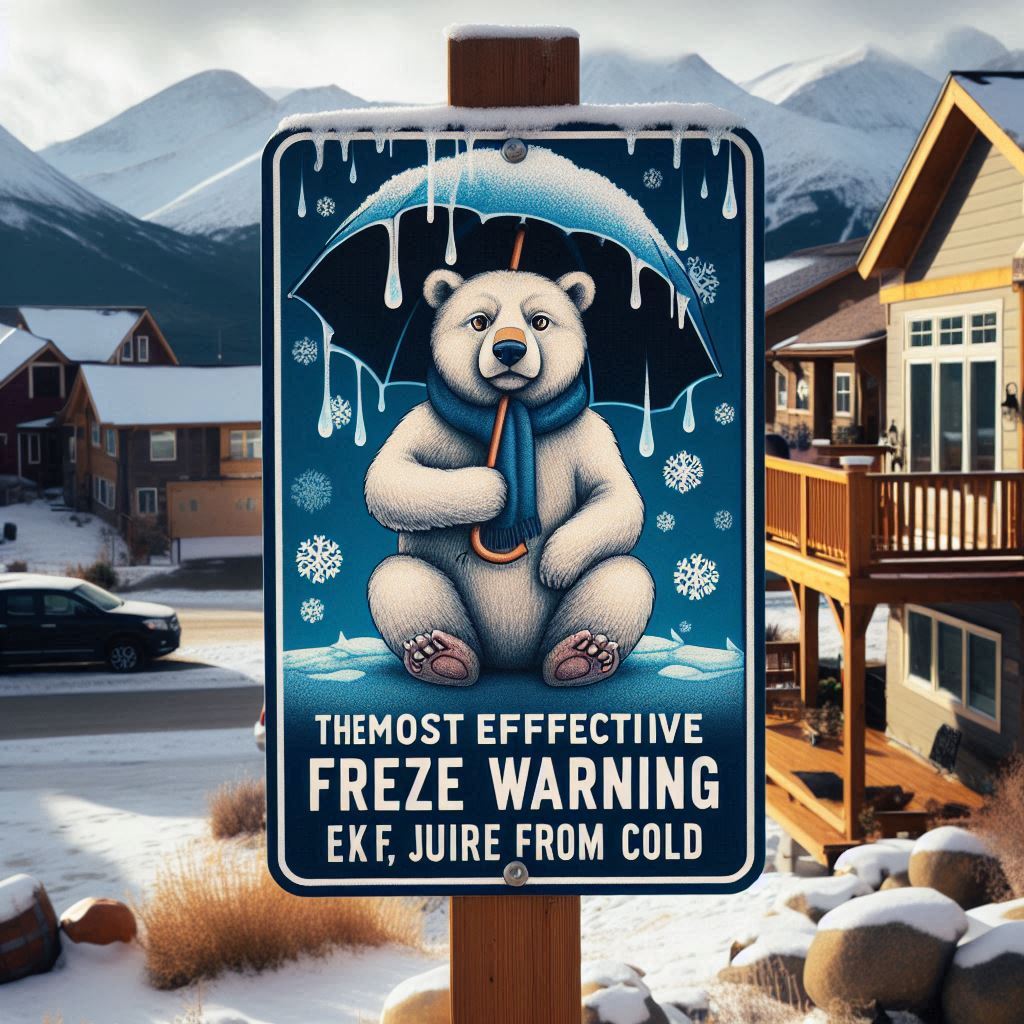A leaking roof can cause big problems if not addressed quickly. Learn essential steps to take what to do if my roof is leaking, from immediate fixes to finding a reliable repair service. Keep your home safe and dry with our guide on handling a leaking roof.
What to Do if My Roof is Leaking: Your Guide to a Quick Fix and Long-Term Repair
Finding out your roof is leaking can be overwhelming. No one likes to see water dripping from the ceiling or feel the stress of a potential costly repair. But don’t panic! In this guide, you’ll learn what to do if your roof is leaking, how to minimize damage, and when it’s time to call in the pros. Taking quick action can save you time, money, and the headache of dealing with a leaky roof.
First Things First: Stay Calm and Take Action
A roof leak might feel like an emergency, but staying calm and taking the right steps can make a big difference. Here’s a simple breakdown of what to do:
- Control the Water Leak
Your first priority should be to manage where the water is going. Place a bucket or container under the leak to catch any drips. If the leak is more intense, use towels or old rags to help soak up excess water and keep your floors safe from water damage. - Move and Protect Your Belongings
If the leak is near furniture, electronics, or anything valuable, move these items out of harm’s way. For items you can’t move, cover them with plastic sheeting to prevent water damage. - Relieve Pressure in a Bulging Ceiling
If water is collecting and causing your ceiling to bulge, carefully poke a small hole in the bulge with a screwdriver. This will allow the water to drain, helping to prevent more serious ceiling damage. Be sure to have a bucket ready under the hole to catch the water.
Identify the Source of the Leak
Finding the source of the leak is critical for planning repairs. Here are some ways to locate where the leak might be coming from:
- Inspect Your Roof from the Outside
Look for visible damage like missing shingles, damaged flashing, or areas with pooling water. If it’s safe, use a ladder for a closer inspection, but avoid going onto a wet or slippery roof. - Check Your Attic
Often, the easiest place to locate a leak’s source is in the attic. Look for signs of water staining, mold, or damp insulation. The point where water enters may not be directly above where it leaks inside, so check carefully along any pipes or vents. - Examine Roof Penetrations
Roof penetrations like chimneys, vents, and skylights are common sources of leaks. Inspect the seals around these areas for any cracks, gaps, or worn-out caulking.
Quick Fixes for Minor Roof Leaks
If you’ve identified a small leak and want to temporarily fix it, there are some DIY steps you can take to minimize damage until a professional can assess it.
- Apply Roofing Tape
Roofing tape is a quick solution that can seal small cracks or holes. Clean the area, dry it, and apply the tape over the leak. - Use Roofing Sealant
Clear roofing sealant can also provide a temporary seal. This is especially useful for small cracks around roof penetrations, but remember that it’s a temporary fix. - Tarp the Roof
For larger leaks or ongoing storms, cover the affected area with a heavy-duty tarp. Secure it well to prevent wind from blowing it off. This can provide some protection until the weather clears and repairs can be made.
When to Call a Professional Roofer
While DIY fixes can be helpful, they’re not a permanent solution. If the leak is significant, it’s time to call a professional roofer. Here’s when you should seek help:
- If the Leak Persists
Temporary fixes won’t hold forever. If the leak continues or worsens, call a roofer to assess the issue and provide a long-term repair. - If You Notice Structural Damage
If the leak has affected your ceiling, walls, or structure, professional assessment is essential. A roofer can evaluate if there’s damage that needs more than just a quick patch. - If You See Mold or Water Stains
Persistent moisture can lead to mold and mildew, which are health hazards. If you see signs of mold, it’s critical to have it handled professionally, as mold removal requires special tools and expertise.
Roof Leak Prevention Tips
Now that you know what to do in a leak emergency, let’s look at a few ways to prevent leaks from happening in the first place. Regular roof maintenance can go a long way in keeping your home dry and safe.
- Inspect Your Roof Regularly
Check your roof at least twice a year and after major storms. Look for missing or damaged shingles, cracked flashing, and debris buildup. - Clean Your Gutters
Clogged gutters can cause water to back up and seep under your roof shingles. Cleaning your gutters regularly helps to prevent water-related roof issues. - Trim Overhanging Branches
Trees too close to the roof can drop leaves, branches, or even fall onto your roof during a storm. Keeping trees trimmed back helps avoid damage. - Check Roof Seals and Flashing
Flashing around chimneys, vents, and other penetrations is essential for preventing leaks. Check seals annually and reseal or replace flashing if it’s cracked or worn.
Frequently Asked Questions
1. How can I tell if my roof is leaking?
Signs of a leaking roof include water stains on the ceiling, damp spots in the attic, mold or mildew, and a musty odor.
2. Can I fix a roof leak myself?
Small leaks can sometimes be temporarily fixed using roofing tape or sealant. However, it’s best to contact a professional for a long-term solution.
3. Is a leaking roof covered by insurance?
Roof leaks due to sudden, accidental damage (like a storm) are often covered by homeowner’s insurance. However, if the leak is due to neglect, it might not be covered.
4. How long does a roof repair take?
The duration depends on the severity of the damage. Minor repairs might only take a few hours, while extensive repairs could take several days.
5. Should I replace my roof if it’s leaking?
Not necessarily. Many roof leaks can be fixed without needing a full replacement. However, if your roof is old and has multiple issues, replacement might be more cost-effective.
Conclusion
Dealing with a leaky roof can be frustrating, but knowing what to do can make the process much easier. By taking immediate action, finding the source of the leak, and getting professional help when needed, you can prevent a small leak from turning into a big headache. Regular roof maintenance can also help keep leaks at bay, giving you peace of mind—no matter the weather. So, next time you notice a drip or stain, take a deep breath, follow these steps, and protect your home from further damage.










